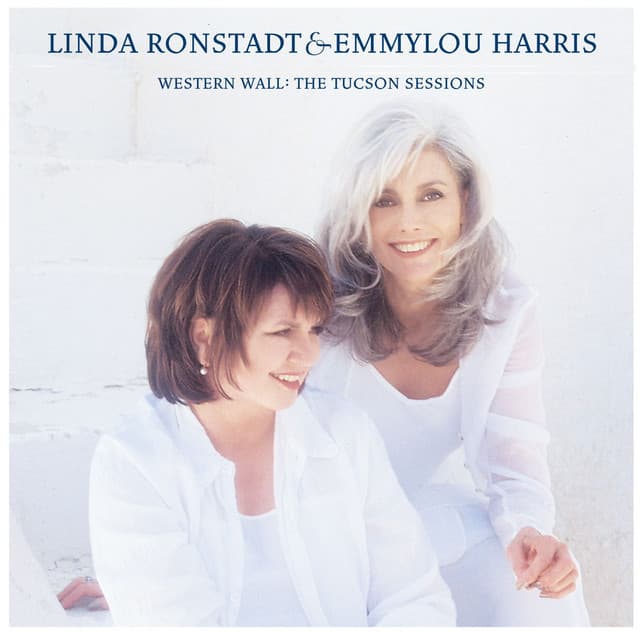
A fragile meditation on loss, remembrance, and the quiet courage it takes to keep moving through the world.
When Linda Ronstadt and Emmylou Harris recorded “For a Dancer” for their 1999 duet album Western Wall: The Tucson Sessions, they carried with them decades of shared history—two voices shaped by American songcraft, grief, and the endurance of friendship. Unlike many tracks that enter the canon through chart triumphs, this interpretation found its place through a more intimate pathway: the reverence listeners hold for artists willing to inhabit a song’s emotional core with uncompromising honesty. Originally written by Jackson Browne and long regarded as one of his most eloquent reflections on mortality, “For a Dancer” becomes, in the hands of Ronstadt and Harris, something even more hushed, more delicate, more steeped in the wisdom of lived experience.
What unfolds across these harmonies is a dialogue—two women singing not to the departed, but through them, tracing the thin, trembling line between memory and acceptance. Ronstadt’s crystalline phrasing brings to the forefront the song’s elemental tenderness, while Harris’s dusky alto wraps itself around the lyrics like a lantern flame in a darkened room. Their voices, blending with a near-spiritual empathy, allow the listener to feel the weight of Browne’s meditation not as a lament, but as a benediction.
Much of the song’s power lies in its quiet refusal to offer the false solace of easy answers. Instead, it lingers on the restless yearning of a life interrupted: the way footsteps can echo in an empty hallway long after someone is gone, the way a laugh can remain in the mind like a chord still resonating after the music ends. The recurring imagery—dancing, motion, cycles of return—serves as an elegant metaphor for the ongoing dialogue between the living and the lost. “Keep a fire for the human race,” the lyrics suggest, not as an obligation but as a gentle reminder that the only true antidote to grief is participation in the very life that continues unfurling before us.
Ronstadt and Harris approach this idea not as performers seeking persuasion, but as custodians of emotional truth. Their harmonies soften the edges of existential reflection, inviting the listener into a contemplative space where sorrow coexists with grace. The arrangement—uncluttered, acoustic, reverent—allows every breath, every held note, every turning phrase to settle with uncanny clarity. Nothing is rushed. Nothing is overstated. It is music as ritual: a quiet ceremony built from shared vulnerability.
In this version of “For a Dancer,” the legacy of the song expands beyond its original era into something timeless. It becomes a companion for those navigating loss, a reminder that mourning is not an endpoint but a passage, and that every step taken forward—no matter how small—is a kind of dance, a way of honoring those who once moved beside us and now move within us.